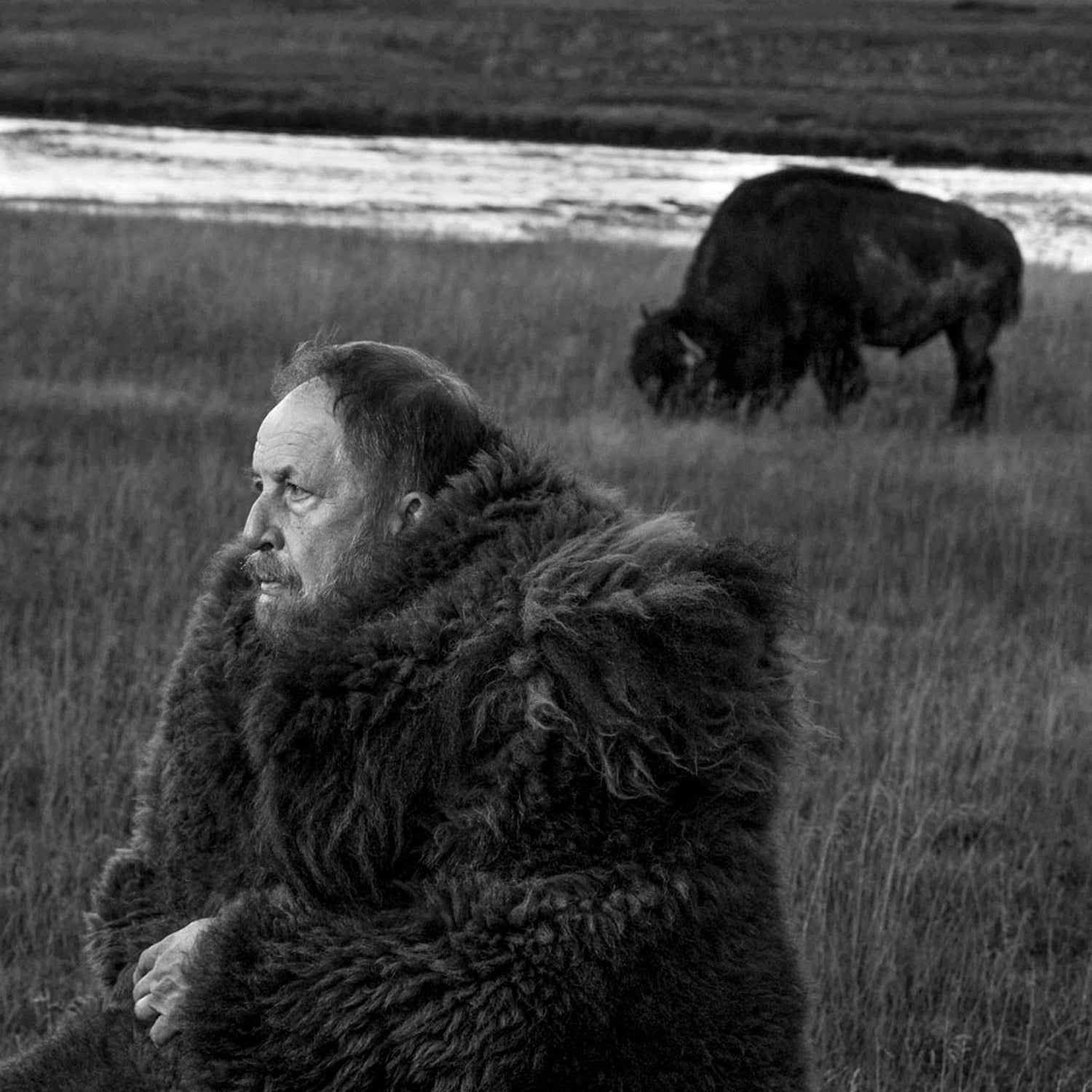Millions of visitors are captivated each year by Yellowstone National Park’s rugged beauty and rich history, yet most have never heard of the people who best know one of America’s most beautiful landscapes. The new photo book People of Yellowstone explores the park from their perspectives. Photographer and writer showcase people who work in or around the park, from internationally recognized scientists to an outfitter who leads trail rides and composes symphonies inspired by the views.��
��
Complications like seasonal jobs made scheduling photo shoots difficult and turned Horan’s two-year timeline into nearly a decade’s worth of work. features 87 black-and-white photographs with accompanying biographies of the people.��
Grant Bulltail: Apsaalooke Crow Tribal Elder
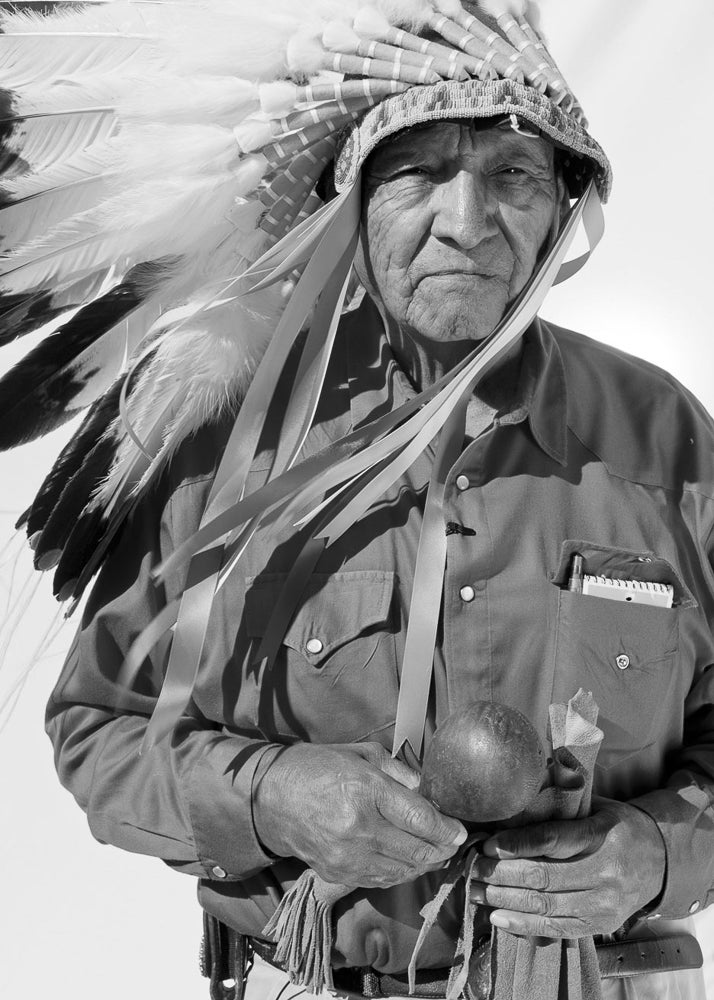
Although Grant Bulltail was only a boy when Plenty Coups, the last great chief of the Crow Nation, died, the visionary leader’s words stuck with him: “We have a long education, and we must continue to study, learn, and help one another always.” Now in his nineties, Bulltail continues to pass on stories of the spirit and traditions of the Apsaalooke (“children of the large-beaked bird”) tribe and reminds Yellowstone visitors that Native American tribes have called the Bighorn and Wind River Basins of north-central Wyoming and southern Montana home for at least 11,000 years. “Our children will carry us into the future,” says Bulltail.
Larry Christensen: NPS Volunteer, Vietnam War Veteran, Former Law Enforcement Officer
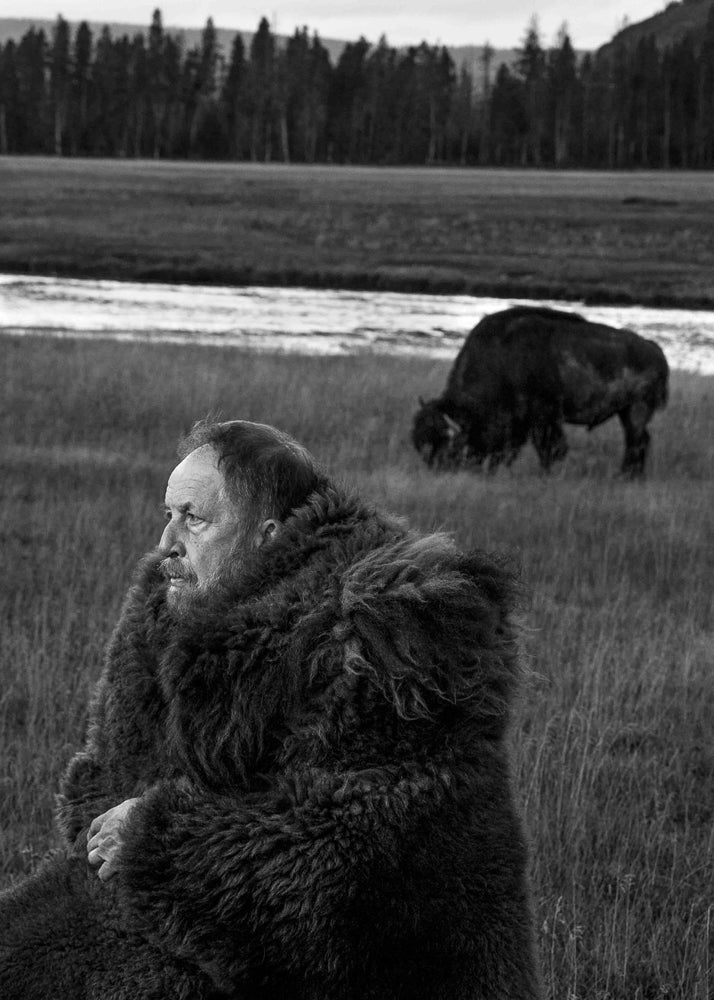
Upon retiring from law enforcement in 2001, Larry Christensen knew he wanted to be in Yellowstone National Park. The place, he says, feels like home. For the past 16 years, he’s helped humans and animals safely traipse the park, often being called upon to help untangle elk and bear jams on roadways. Christensen received the for his unique service and for exceeding 500 hours of volunteer service per year. He’s especially fond of bison, helping them move to safe resting spots as they migrate from the western side of the park. “I can stand near a herd and sense what they want to do and read their moods, their snorting and tail twitching,” says Christensen. “They are the true symbol of America.”
Stacy Gerths: Wrangler, Trail Rider
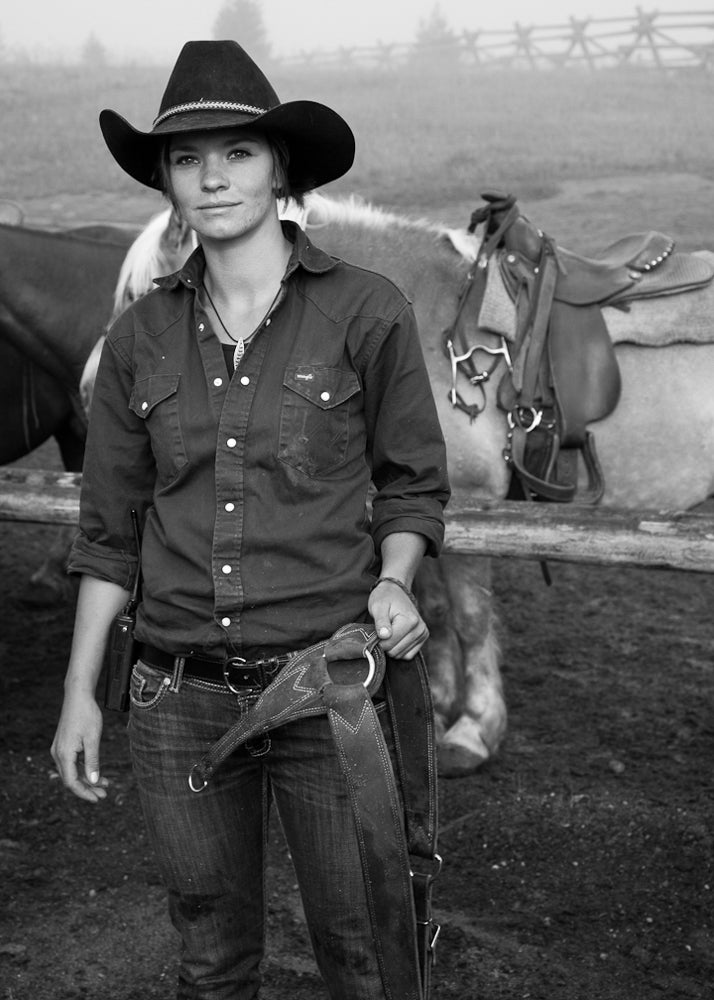
A horsewoman all her life, Stacy Gerths guides trail rides in Yellowstone. From sunup to sundown, Gerths is with the horses—taking care of them, riding them, and getting to know each one’s personality. “Wranglers have to know horses by name, along with their temperament and how to keep them calm,” she says.
Wendy Medina: Recycler, Artist, Hiker
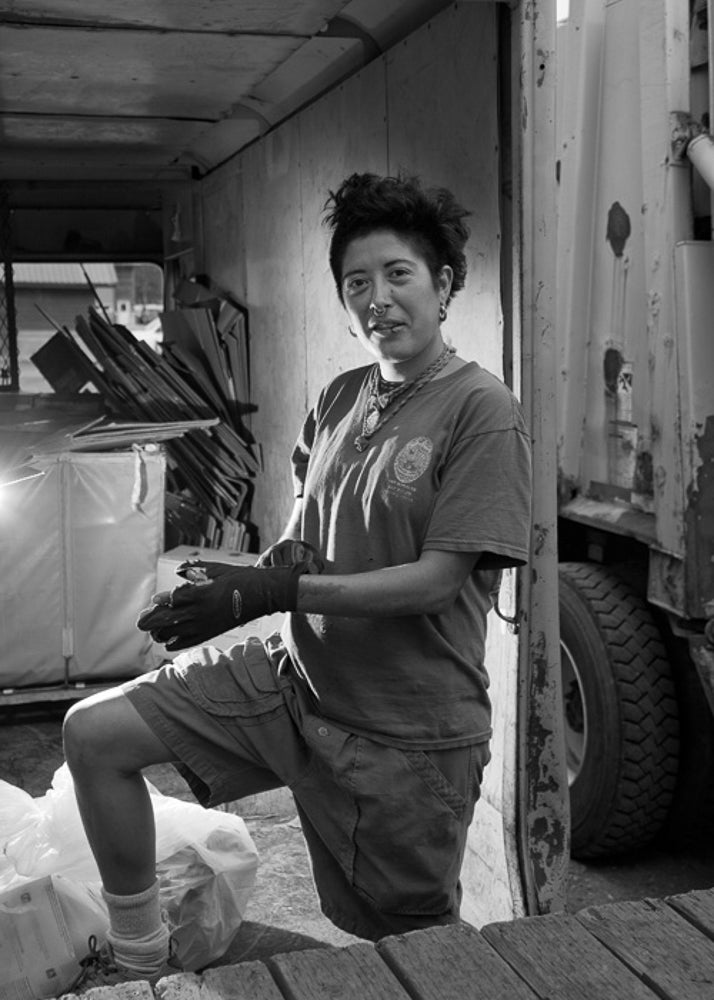
Wendy Medina spent six years as Yellowstone’s recycling expert in the Old Faithful maintenance yard. She drove “Old Yeller,” the 1963 yellow milk truck and the park’s official recycling vehicle each day, picking up glass, plastic, paper, metal, and old appliances to recycle. If you visited Yellowstone during Medina’s tenure, you probably heard her politely ask something like, “You’re not throwing that out, are you? I know someone who might be able to use part of that to fix a bicycle.” She hopes to return to the park as a visitor one day and to hike and enjoy the park’s beauty.
Ellie Povah: Matriarch of the Hamilton Family Store Tradition
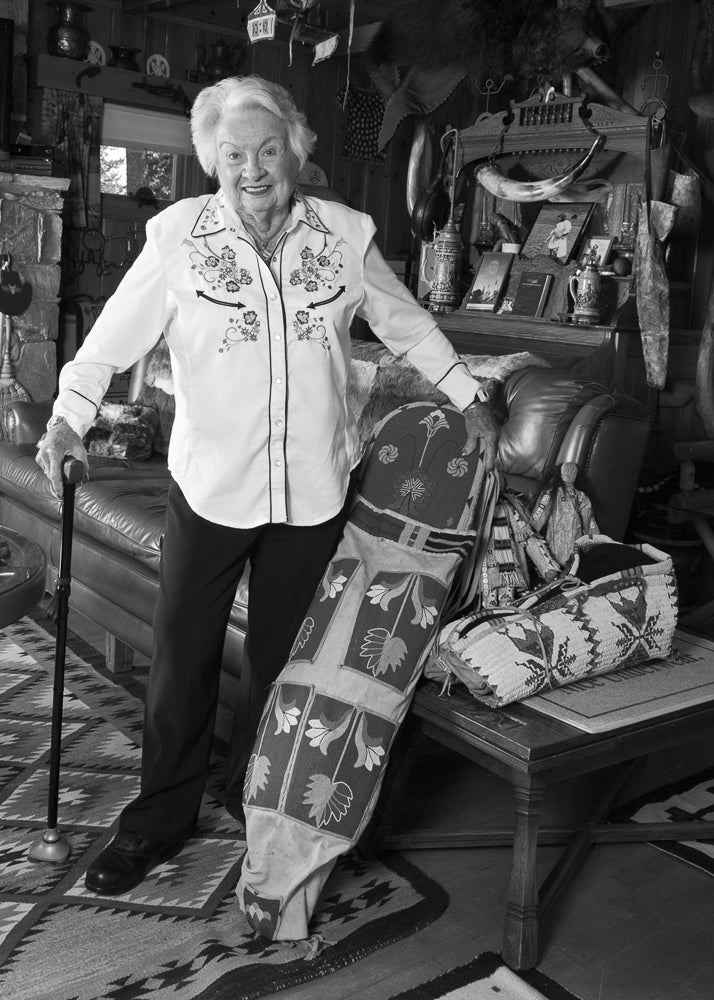
Eleanor “Ellie” Hamilton Povah grew up spending summers in Yellowstone, where her mother and father, and later Ellie and her husband Trevor, and then their sons ran . When Povah was young, her family managed just the lower store at Old Faithful, but they came to own all the stores and gas stations in the park, passing management down through three generations for 88 years. More recently, Povah has been giving back to the community, including funding the Povah Community Center/Senior Center in West Yellowstone and donating more than 1,100 Native American artifacts and Yellowstone memorabilia to the Museum of the Rockies in Bozeman, Montana.����
Linda Thurston: Yellowstone Wolf Tracker, Biologist
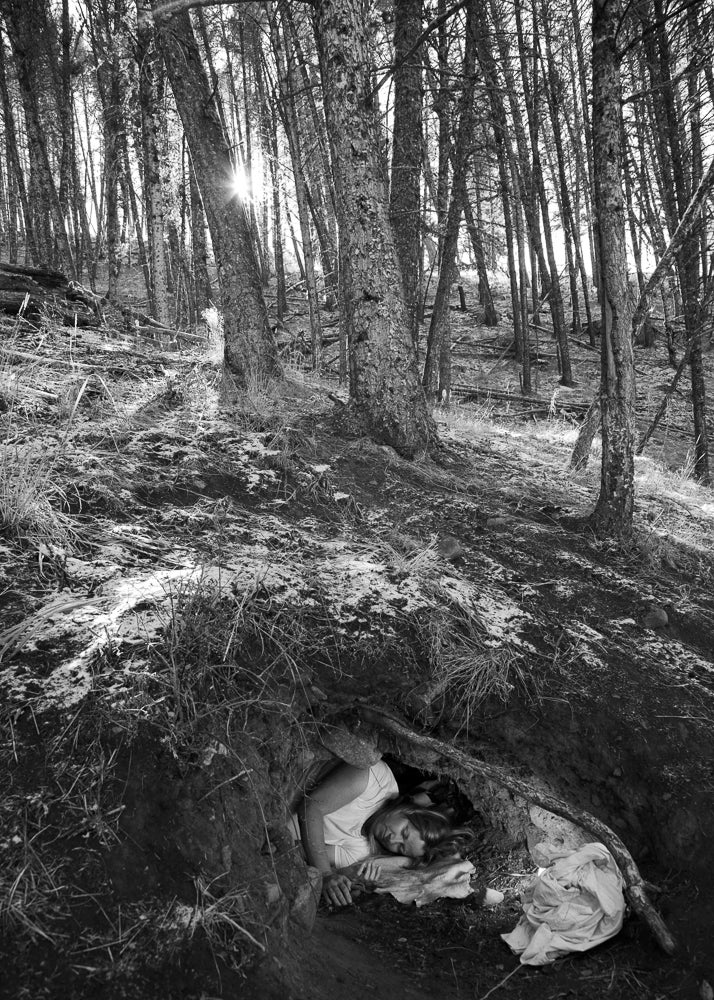
For more than 20 years, Linda Thurston has observed wolf behavior and den habits in Yellowstone. “I was lucky enough to be there when the wolves arrived in Yellowstone,” says Thurston. “But they wouldn’t come out of their pens right away. We had to lure them out with roadkill meat.” She tracks wolves using radio telemetry, and her years of study . Thurston has been following some wolves, like the Druid pack, for so long that she know them as well as she does her own dogs.��
Bob Barbee: Former Yellowstone National Park Superintendent
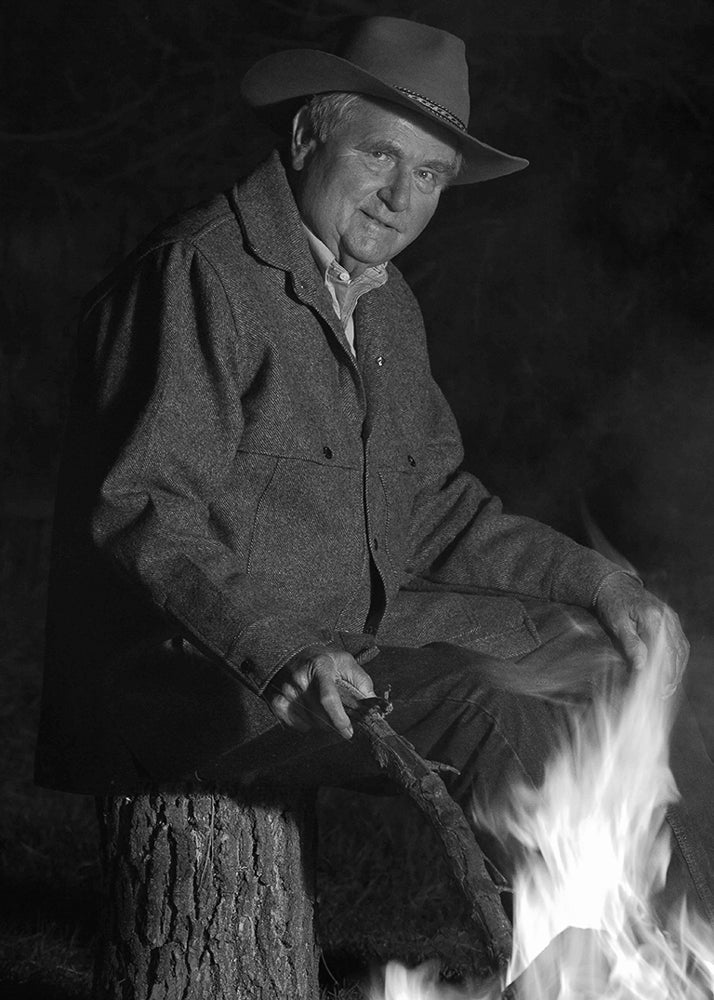
“Every place I went, I inherited the controversy,” says Bob Barbee, former Yellowstone National Park superintendent, who����in 2016. From challenging racial segregation at Cape Lookout in North Carolina’s Outer Banks to convincing the Park Service that naturally occurring forest fires promote habitat diversity and allow for native plant communities to grow, Barbee was always “in the right place at the right time” to push new ideas forward.��
Beth Kreuzer: Backcountry Ranger, Wildlife Advocate, Citizen Scientist
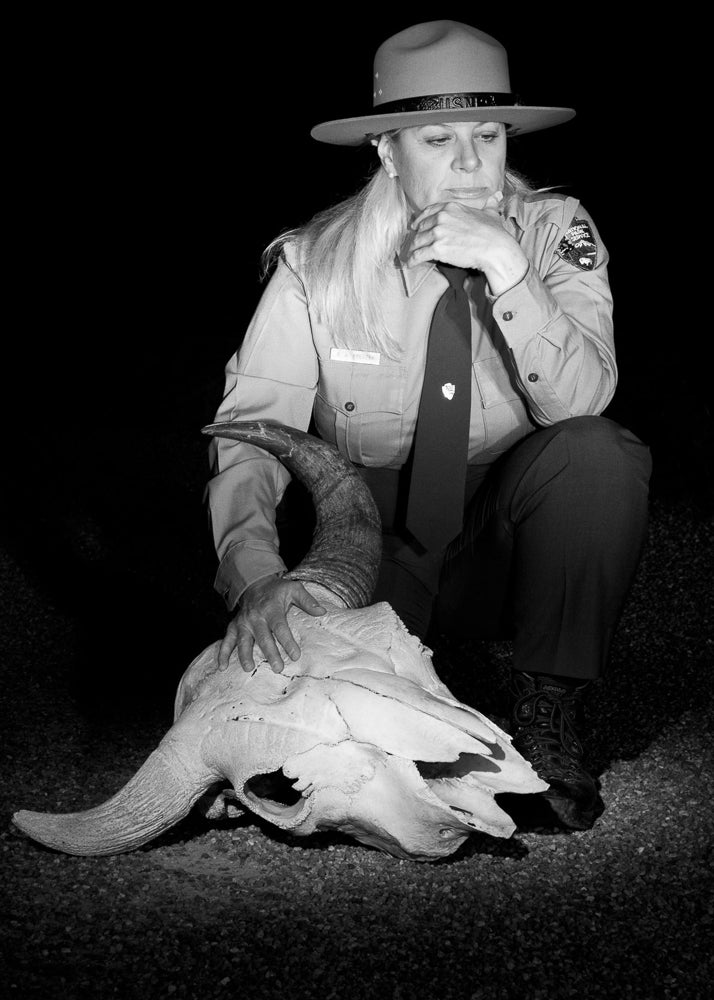
A former homicide detective in Houston, Texas, Beth Kreuzer first volunteered in Yellowstone in 1990 as a citizen scientist studying grizzly bears for 12 days in the wild—an opportunity she learned about while thumbing through Country Living on a lunch break. She returned year after year as a volunteer camp cook, and then as a grizzly researcher with Lance Craighead and the Craighead Environmental Research Institute, before becoming a backcountry ranger. As a ranger, Kreuzer’s main priorities are keeping campers safe and educating them on how to act responsibly toward wildlife in the park. “I’ve looked at hundreds of human murder victims in my police work, and I’m just as affected when I see a buffalo or elk slaughtered on a roadway,” she says. “More than a hundred big mammals are killed every year by people driving too fast in the park.”
Bob Kisthart: Backcountry Ranger, Historian
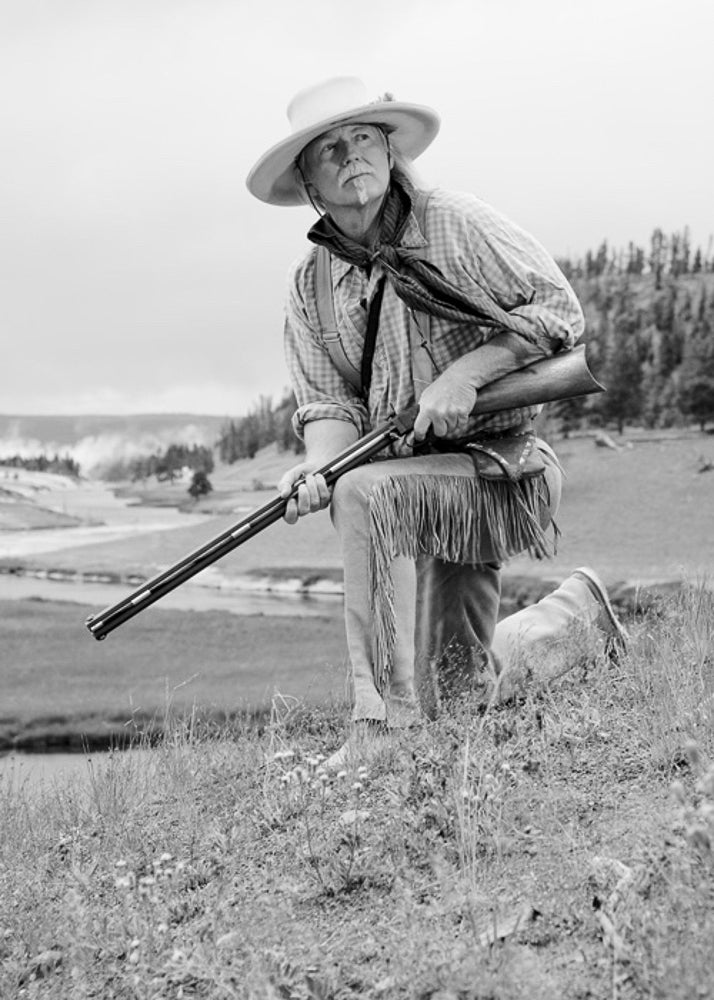
Bob Kisthart has returned to Yellowstone every summer since first passing through the park in October 1973. He’s explored all parts of Yellowstone as he worked first as a delivery truck driver for the gift shops, then as a kitchen worker, and then as a bellhop and bell captain at Old Faithful Inn, before becoming a backcountry ranger. “The northeast corner is the prettiest,” Kisthart concludes after years of exploration. “But the southeast corner is the wildest.” In winter, you can find him at dressed in 1830s western-style buckskins, portraying the life of a 19th-century western explorer.��
Will Boekel: Geyser Gazer, Student
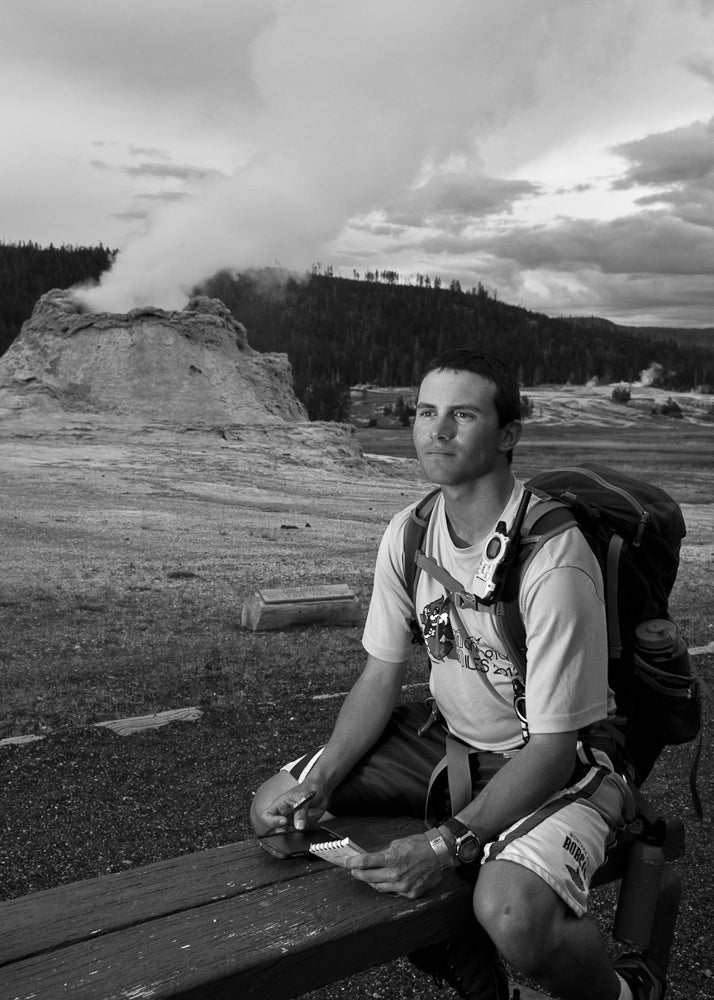
In addition to studying mechanical engineering, Will Boekel works the front desk at the Old Faithful Inn. He’s also a geyser gazer, transmitting his observations of geothermal activity via smartphone to the Geyser Observation and Study Association. “Earthquakes shake things up,” Boekel says. “If one happens, I head for the park.”
Roger Stradley: Bush Pilot, Wildlife Spotter and Tracker
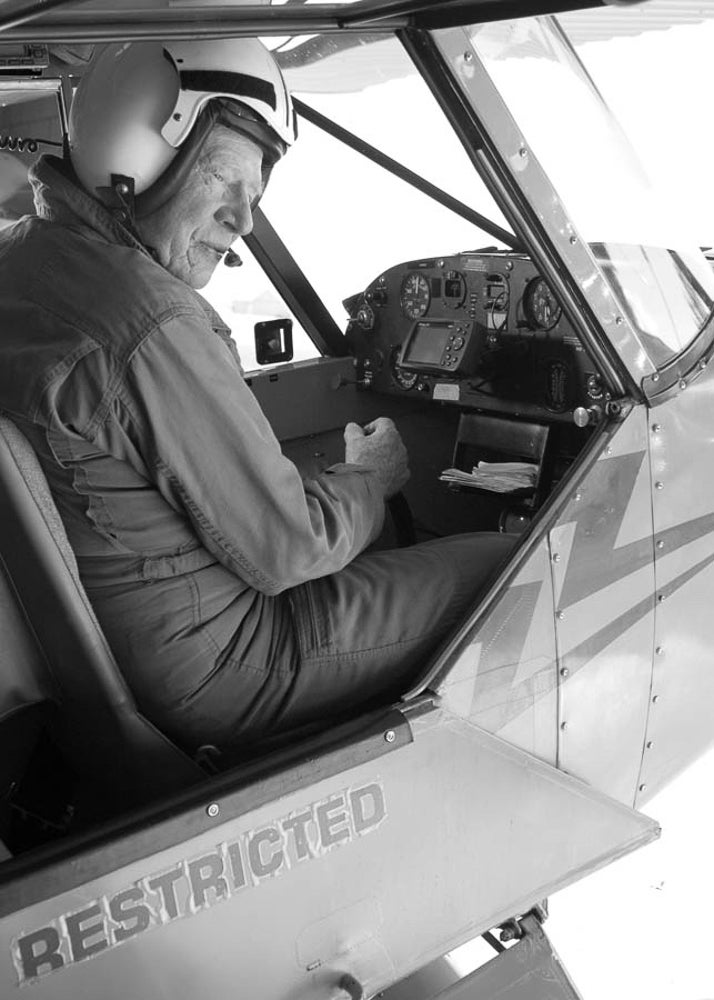
Roger Stradley has logged 63,000 hours of flying time in his career. Many of those hours were spent flying above Yellowstone, pointing out wolves, grizzlies, elk, cougars, and eagles to whomever is flying with him. Stradley has an eye for it as one of the original pilots involved with the park’s wolf restoration project, monitoring the wolves from the air after their reintroduction in 1995. In addition to monitoring larger mammals, Stradley counts birds, fish, beaver, wolverines, and pronghorn for wildlife biologists studying these groups. “Every day is another chance to fly above this magnificent park,” says Stradley. “I’ll do it for as long as I can.”
Katy Duffy: Yellowstone National Park Ranger, Educator, Raptor Specialist
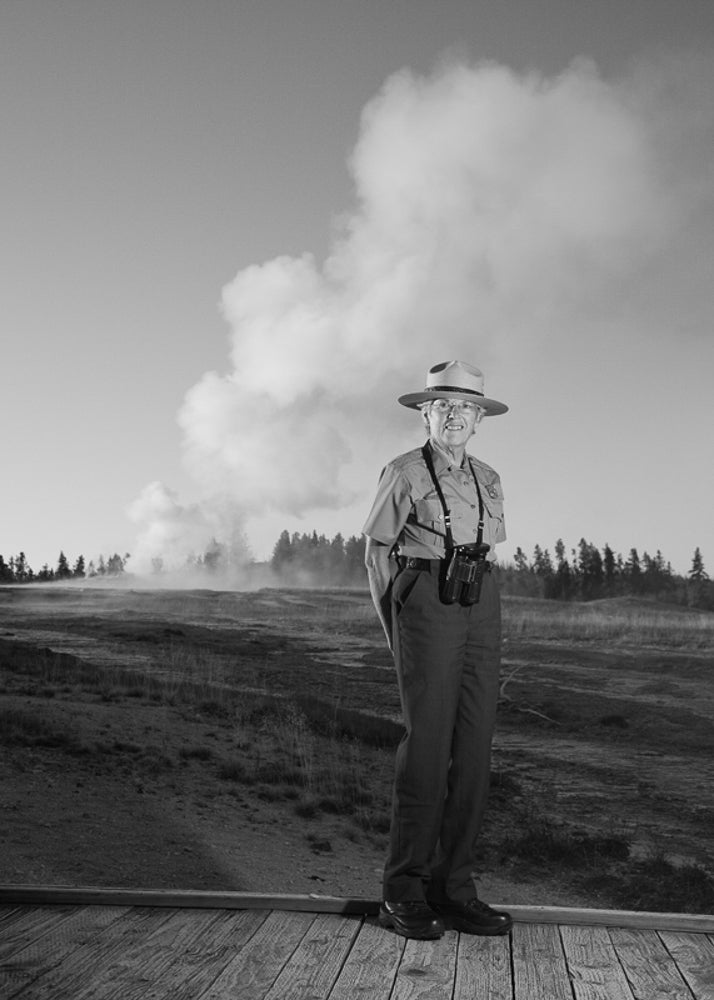
Now retired as a Yellowstone National Park ranger, Katy Duffy is diving into her love of birds. She works with the , which monitors and inventories raptor species, including golden eagles, red-tailed hawks, prairie falcons, and owls. She’s been a licensed bird bander since 1979, applying ID bands to owls in her native New Jersey to capture information on their migration patterns, breeding behavior, and habitats. Duffy’s favorite part of working at Yellowstone has been helping visitors feel safe in the park. “How we care for visitors to Yellowstone is a metaphor for how we care for the park,” says Duffy.��
Rick McIntyre: Biological Technician for the Yellowstone Wolf Project
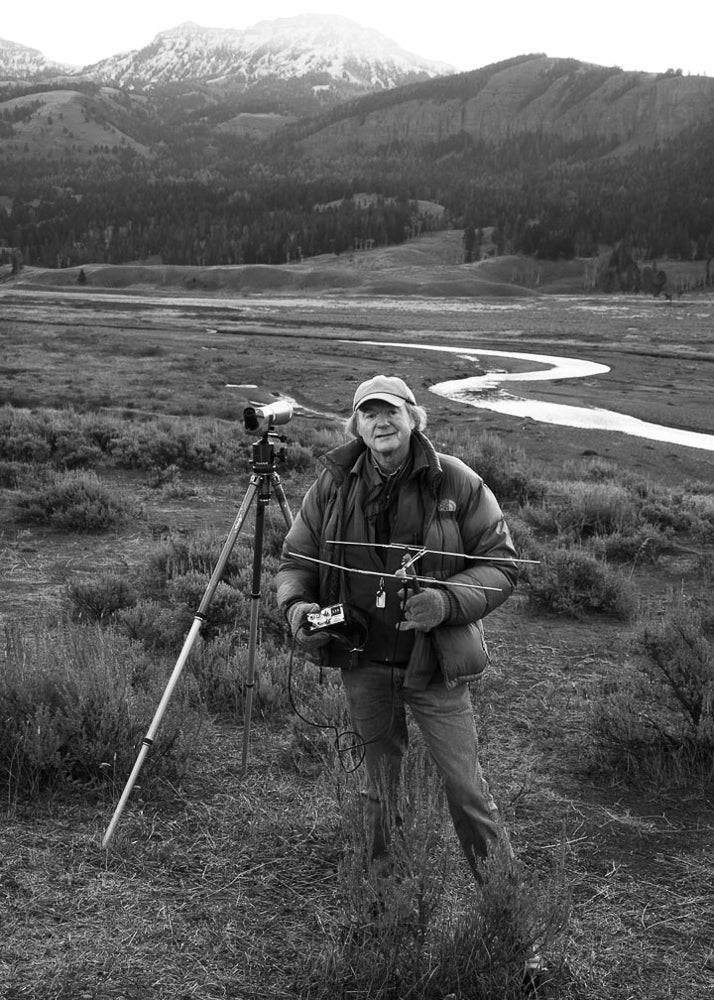
Since 1996, Rick McIntyre has been getting up before dawn and tracking wolves in Yellowstone National Park to observe and record their behavior. He’s learned much about how wolves operate in packs—like the fact that females largely decide where a pack hunts and travels—and he’s shared his knowledge with park visitors for more than 20 years. “Yellowstone is the best place in the world to view wolves in their natural habitat,” says McIntyre.
Margie Fey: National Park Ranger, Aquatic Invasive Species Inspector
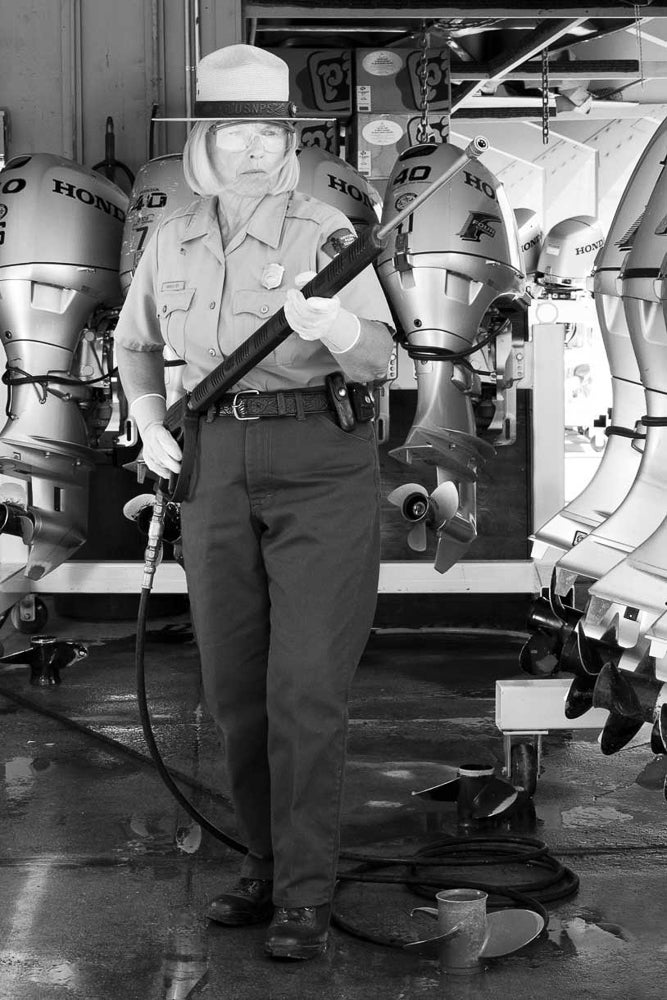
A former health and physical education teacher, Margie Fey had her first summer adventure in Yellowstone with her husband Rick in 1975. Since then, she has watched for forest fires in a fire tower on Mount Washburn, spent 25 years in law enforcement, and now spends her days inspecting and decontaminating boats and angling gear to prevent invasive species from entering Yellowstone’s waters. Nonnative fish, the parasite Myxobolus cerebralis, New Zealand mud snails, and red-rimmed melania have all been discovered in the park. “People don’t realize how easy it is to bring a tiny hitchhiker along in the crevice of a boat,” says Fey. ����
Bill Chapman: Artist, Wrangler, Fire Guard, Pilot
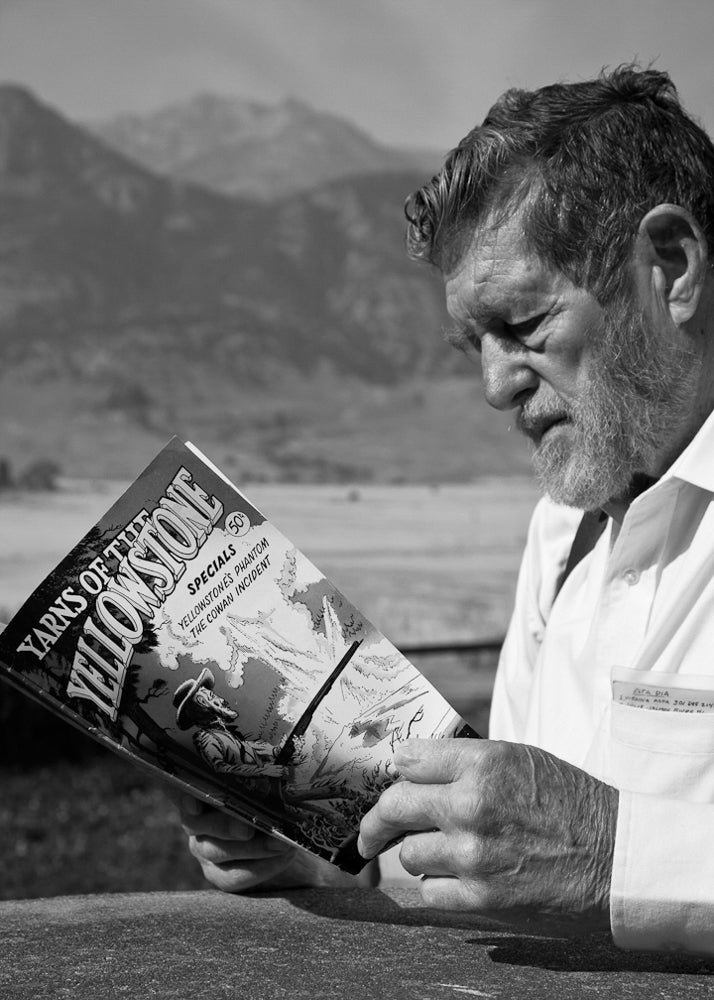
Bill Chapman grew up in Yellowstone as the son of a permanent park ranger. By age 14, he was a wrangler and ranch hand at Yellowstone Trails Ranch. He then attended college and eventually spent time in the army, where Chapman learned to fly airplanes. He returned to Yellowstone and performed telemetry research flights for the park, tracking radio-collared animals, mapping forest fires, searching for lost hikers, and counting game. As a flight instructor, Chapman taught many Yellowstone rangers how to fly. Throughout it all, he maintained his passion for art. He designed interpretive��exhibits for the Yellowstone Library and Museum Association, painted roadside exhibits for Yellowstone and other national parks, and created a comic book about life in Yellowstone. “Creating the comic book version of Yarns of Yellowstone has always been my dream,” says Chapman.��
Wendy Hafer: Helicopter Operations Specialist for Fire and Rescue
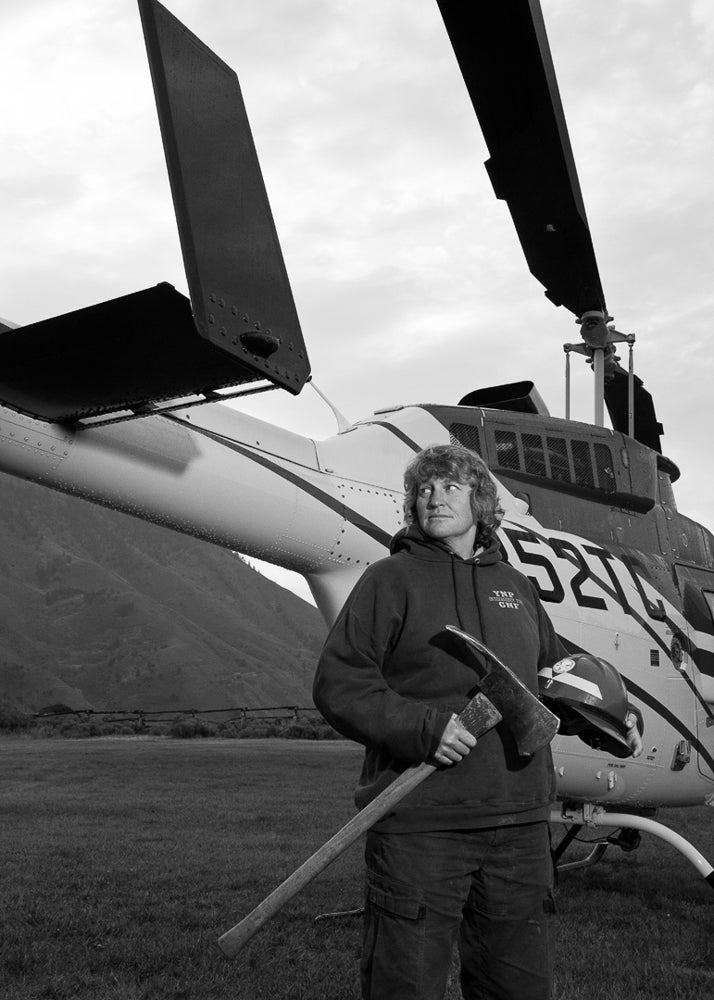
Wendy Hafer found her first job in Yellowstone, a natural work environment for someone with a degree in fish and wildlife studies. She started out working with first responders as a dispatcher and today manages the park’s helicopter contract, supervising eight helitack pilots and crew, as well as monitoring pilots who travel throughout the western United States. Years of overseeing search and rescue and body recovery missions made Hafer acutely aware of how members of the Park Service become like family. “People band together and support each other through thick and thin in the park,” says Hafer. “I can’t imagine working in another job and being without these folks.”
Jim Evanoff: Former Environmental Protection Specialist
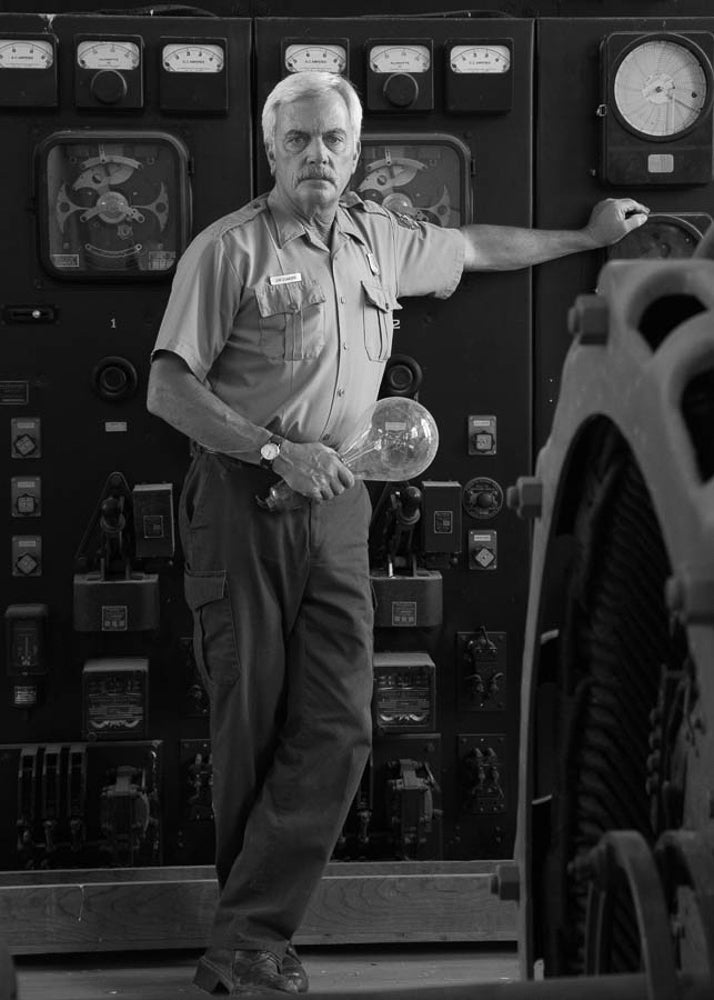
For 24 years, Jim Evanoff oversaw many of Yellowstone’s sustainability initiatives and environmental programs. He helped change Yellowstone’s recycling plan from transporting plastic first to Montana and then overseas, where it disappeared, to a recycle-and-reuse philosophy. Today, plastic waste is filtered through a Georgia company that transforms it into carpet, which is then installed in park hotels. Glass bottles are crushed in Livingston, and organic waste is composted outside of West Yellowstone and used in landscaping projects. “Yellowstone’s biggest environmental challenge will be educating the millions of annual visitors in only a day and a half—the average stay for most tourists—on understanding environmental stewardship,” says Evanoff.


